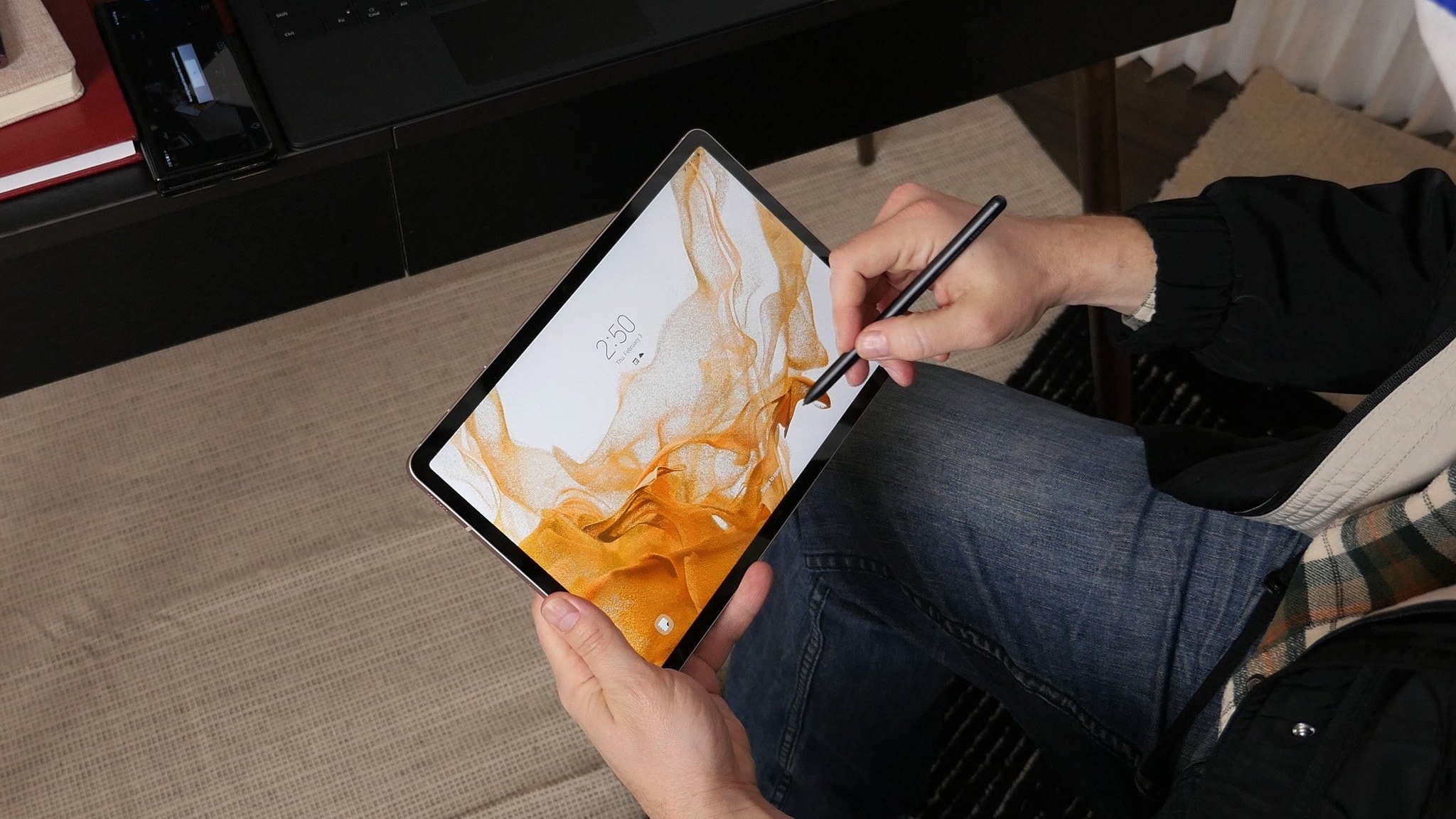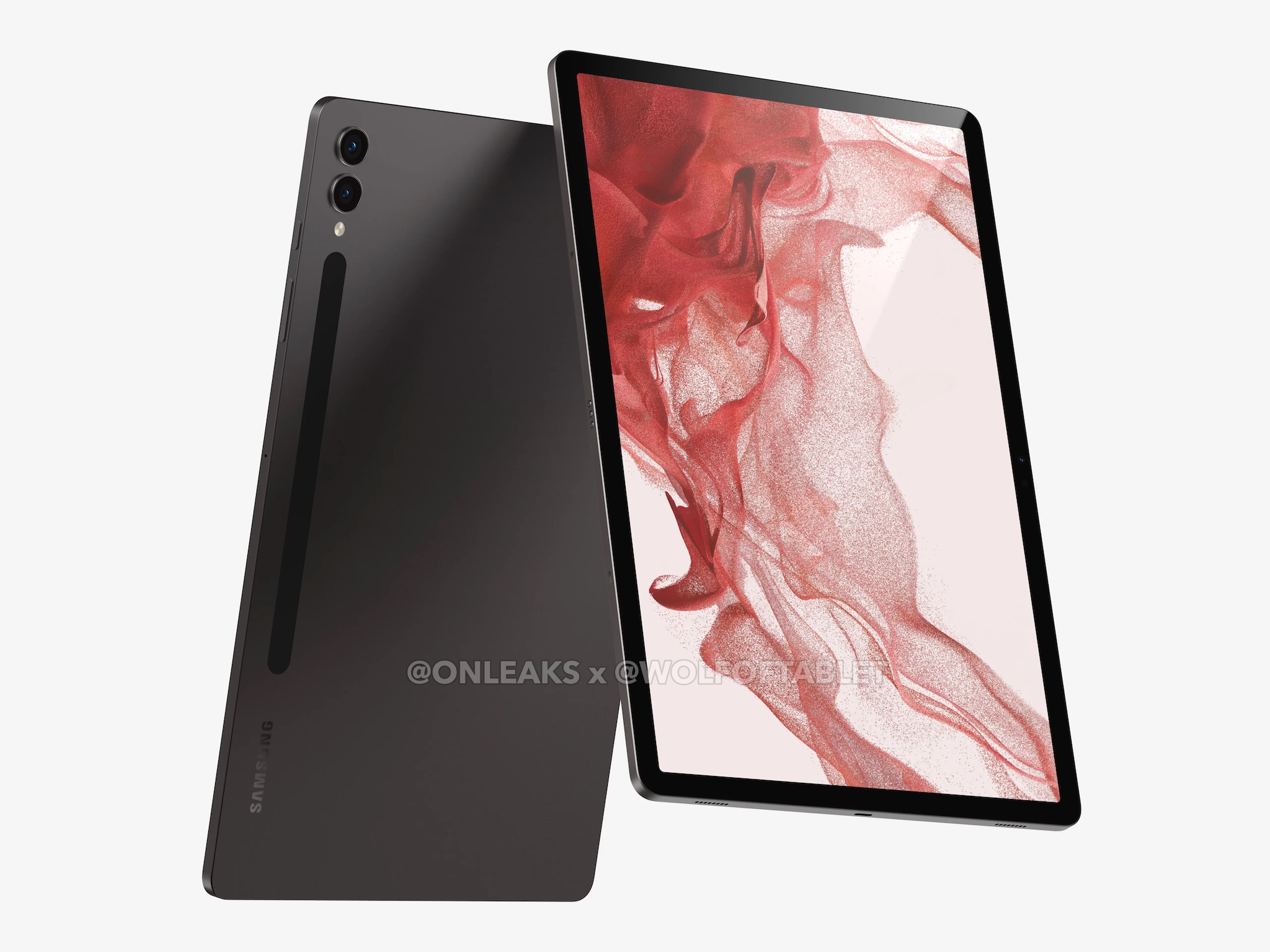
What you need to know
- Display Supply Chain Consultants CEO Ross Young claims that the Samsung Galaxy Tab S9 will have an 11-inch OLED display.
- The previous two generations used LCD panels for the base model, reserving AMOLED tech for the more expensive models.
- Previous Tab S9 leaks claimed the tablet will get water resistance, 5G support, and the Samsung-exclusive Snapdragon 8 Gen 2 chipset.
Ever since the 10.5-inch Galaxy Tab S6 launched with a gorgeous AMOLED display, Samsung decided to withhold this tech for its future entry-level models like the Galaxy Tab S8, sticking to lower-quality LCD. Three generations later, it appears Samsung may finally reverse this trend.
DSCC head Ross Young, who frequently leaks production data about upcoming phones and foldables, tweeted on Wednesday that "the 11" Galaxy Tab S9 will be OLED," which could "help boost the OLED tablet market."
Both the Galaxy Tab S7 and Tab S8 had high-resolution LCD panels with 120Hz refresh rates — quite respectable by Android tablet standards. But you will find a noticeable dip in color quality compared to the AMOLED panels on the Plus and Ultra-sized Tabs of the last few years.
Previous Galaxy Tab S9 leaks have claimed the entry-level tablet will also have 5G support — an option reserved for the Galaxy Tab S8+ last year. It's a sign that Samsung isn't reserving features to upsell its users to the Tab S9+, which looks quite sleek in leaked renders but will still be too large for many users to hold comfortably.
Now, both the Tab S9 and S9+ should be pretty similar aside from display size; you'll have to pay for the massive Tab S9 Ultra to get a RAM boost.

Other leaks have suggested the Galaxy Tab S9 could have either IP67 or IP68 dust and water resistance, as well as the Snapdragon 8 Gen 2 chip found in the Galaxy S23 series.
Otherwise, we suspect the Galaxy Tab S9 specs should remain relatively unchanged from last year, which would mean a 2560 x 1600 resolution, 8GB of memory, quad speakers, and S Pen support. It may get a larger battery since the switch to AMOLED will require more power than an LCD.
After the Galaxy Tab S8 got a $50 price increase over the Tab S7, we're curious if this OLED upgrade will mean another jump above last year's $700 price tag. But even if it does, it'll still cost less than the Tab S8+, so it's a win for consumers.
In addition to the S9, Samsung is rumored to have a foldable tablet set to launch later this year, dubbed "Galaxy Z Tab."







